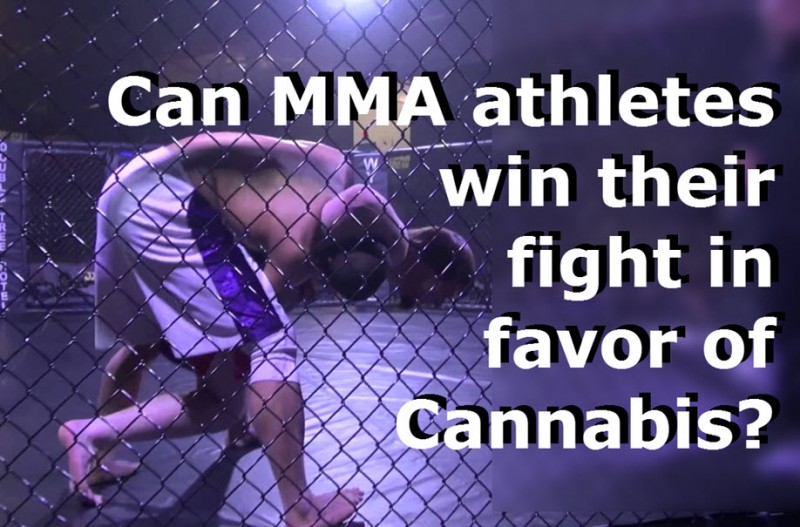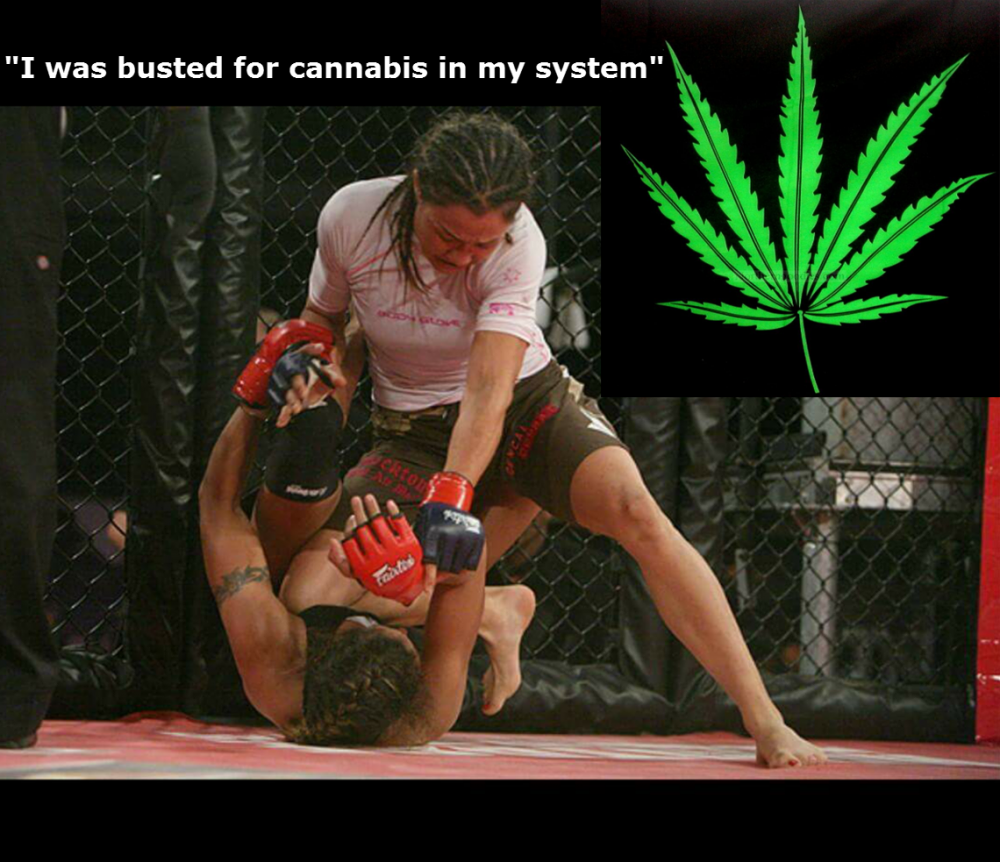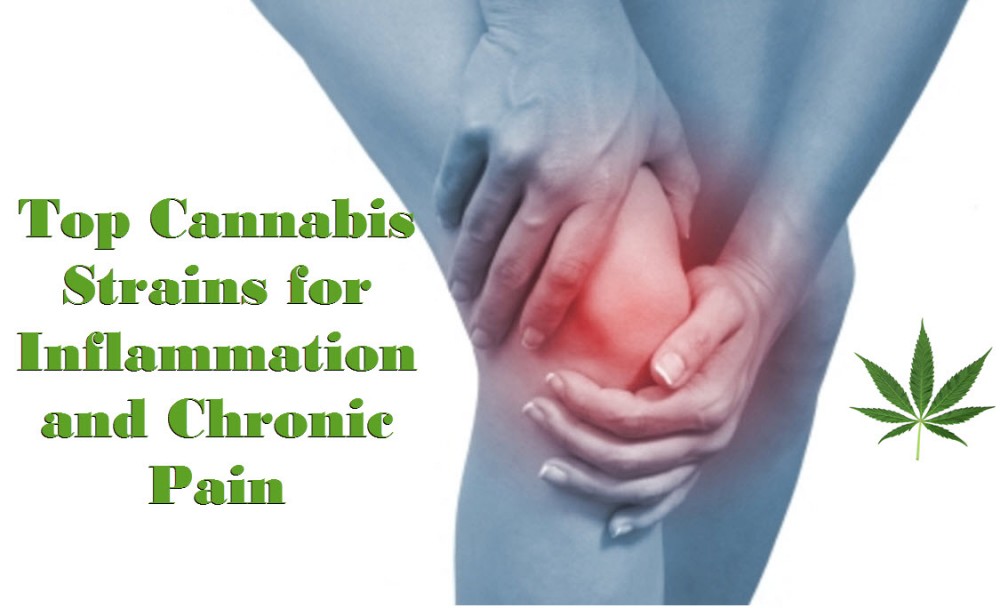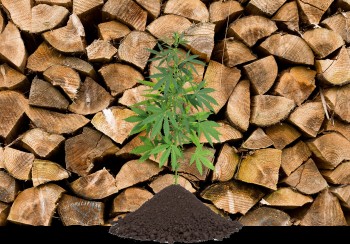Can MMA athletes win their fight in favor of Cannabis?
Imagine getting in a cage, going toe-to-toe with another human for the entertainment of 50,000 people (and a nice paycheck, of course) and then being told you can’t use a product that is both safe and effective for easing the resulting pain, even though it’s legal in the state you’re in.
That’s the situation for UFC fighters in Nevada right now.
In November 2016, the state voted to legalize recreational marijuana use for people 21 and over. Yet the Nevada Athletic Commission (“NAC”) and the US Anti-Doping Agency (“USADA”) continue to prohibit its use, in spite of the fact that it’s not performance enhancing, and in spite of its potential benefits for the athletes they’re charged with protecting. As a result, UFC fighters and other mixed martial artists risk fines and suspensions if they use it before or after a fight.
There’s no longer any debate that cannabis use offers certain benefits. It can help control epileptic seizures; it can stem the inevitable progression of Alzheimer’s; it can even stop cancer from spreading, to name a few.
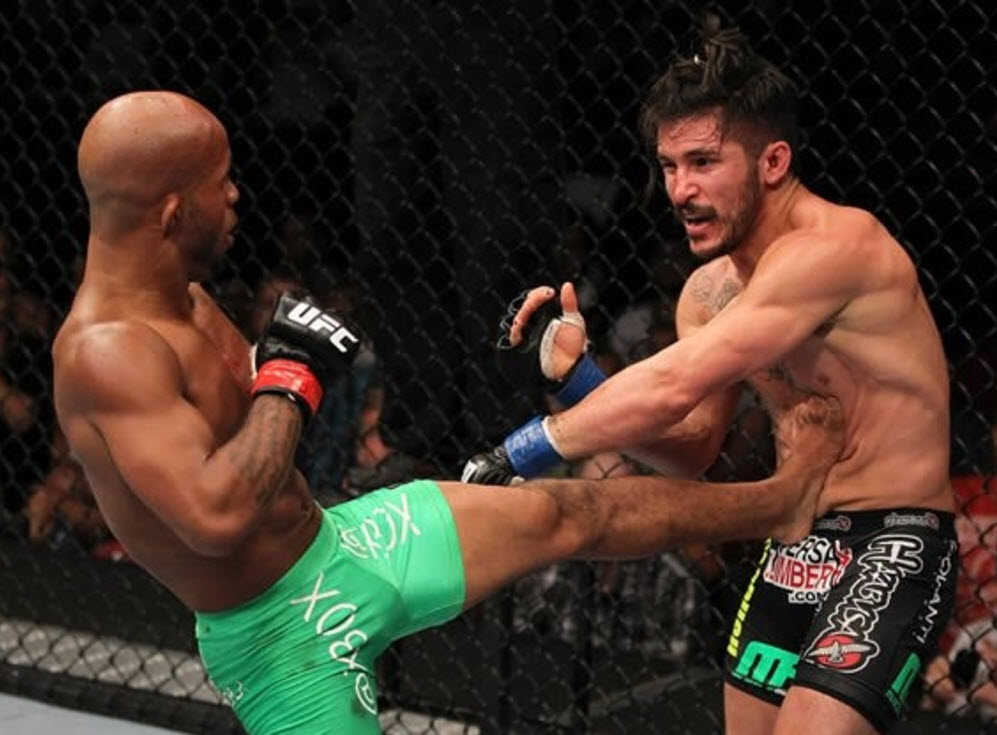
For MMA fighters – and anyone who makes a habit of getting beaten-up – the most significant benefit of cannabis use is its pain-killing and anti-inflammatory properties. Unsurprisingly, many fighters and MMA officials have been very public in their support of its use during training and after fights, when they’re in a world of hurt, including:
*former Strikeforce welterweight champion and UFC veteran Nick Diaz, who told High Times last year, “If I’m going to train all day, when I get done, I’m gonna want to smoke. If I have to go and train all day, before I go, I’m gonna want to smoke. If I wake up in the morning and feel beat to shit, and it’s going to take me forever to wake up, I smoke some weed and I wake right up.”
* UFC referee “Big” John McCarthy, who made his support known in an interview with Vegas Cannabis: “I think it is silly to say that marijuana is a dangerous drug while opiates and opioids are being used all the time and under medical supervision are considered safe. Any medication can have side effects, but we should always be open to finding better ways to handle some of the aches, pains and problems that come with pushing your body to the point of it breaking down.”
* former UFC women’s bantamweight champion Ronda Rousey, who said in a post-fight press conference, “There’s no reason that we should be tested for weed. It shouldn't be involved at all. … I think it’s an invasion of privacy for them to test for it, and they have no right.”
That support and advocacy isn’t falling on deaf ears. Earlier this year, the NAC started the process to potentially remove cannabinoids from its list of banned substances, holding a hearing to discuss “whether to direct the Executive Director to initiate a regulation project to possibly amend Nevada Administrative Code (NAC) chapter 467 to include ... the possible exclusion of cannabinoids from the list of Prohibited Substances and Methods.”
That quote contains a lot of words like “initiate” and “discuss” and “possibly,” and nothing is going to actually happen for months, at the earliest, but it’s still a step in the right direction. It’s also a step that conforms with trajectory of other major US sports.
Even though NFL Commissioner Roger Goodell has an antiquated view on marijuana use, the league as a whole is becoming more accepting. The players’ union wants it removed from the NFL’s list of prohibited substances and influential Dallas Cowboys owner Jerry Jones agrees. With the current collective bargaining agreement between the owners and players expiring in a few years, the odds are heavily in favor of the league dropping its prohibition, according to onlinegambling.lv, which also says the NBA could follow suit.
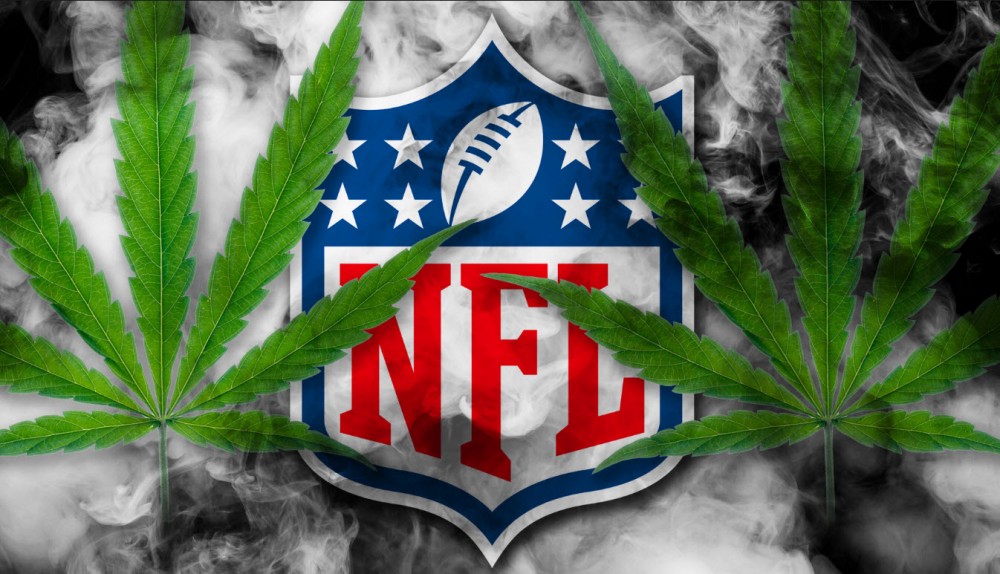
While movement by the NFL – the biggest professional sports league in America – would help turn the tide of public opinion, there’s another hurdle that stands in the way for UFC fighters wanting to get their smoke on. As Vice Sports noted, the USADA is the UFC’s official anti-doping partner, and the USADA continues to ban and test for marijuana in-competition, and they’re not holding the same discussions as the NAC.
At the end of the day, what we currently have is a ridiculously unfair system that blindly prohibits something that could be of massive benefit to MMA fighters while carrying little risk. There are wheels in motion to get that changed, but those wheels are turning slowly, and others (like the wheels at USADA) are still stationary. It really is only a matter of time before Nick Diaz will be able to roll his black-and-blue body out of bed the day after a fight and light-up for his pain. The 33-year-old just might be on the other side of 40 when it happens.
OTHER STORIES YOU MAY ENJOY...
FIRST FEMALE MMA FIGHTER BUSTED FOR THC, READ THIS.
OR..
TOP STRAINS FOR CHRONIC PAIN AND INFLAMMATION, READ THIS.
